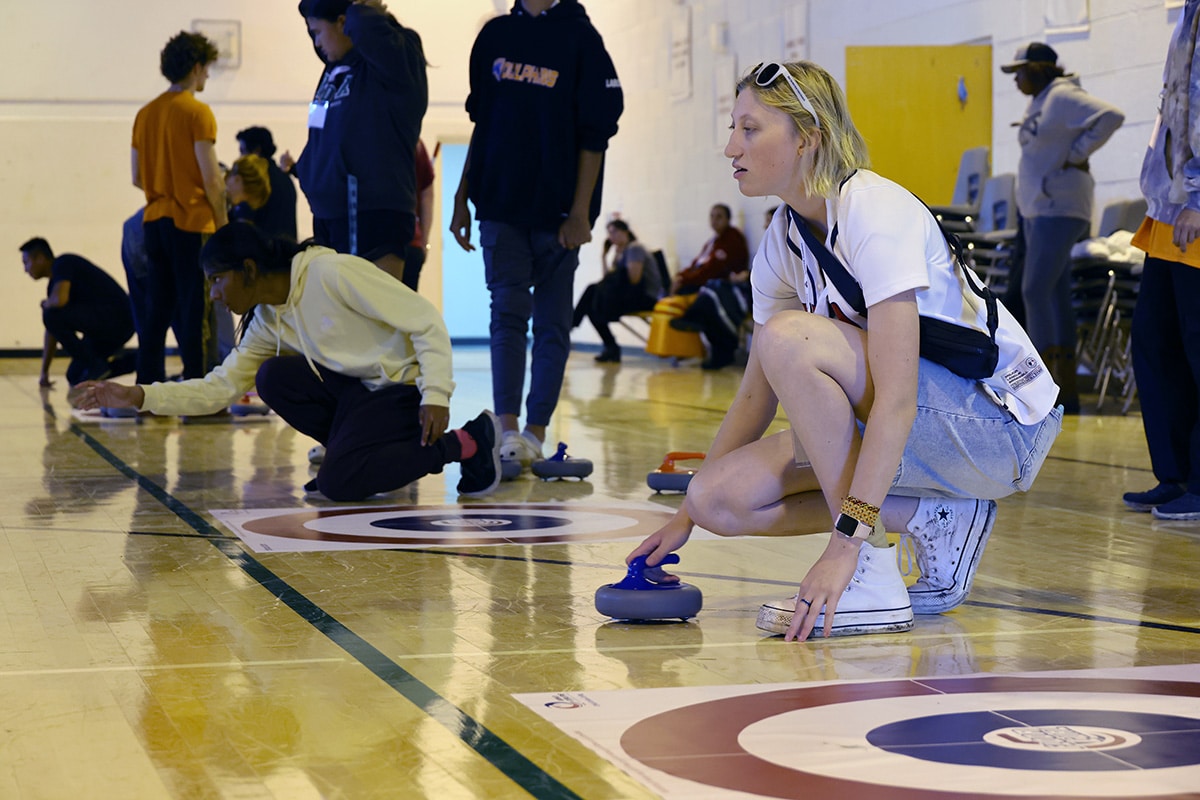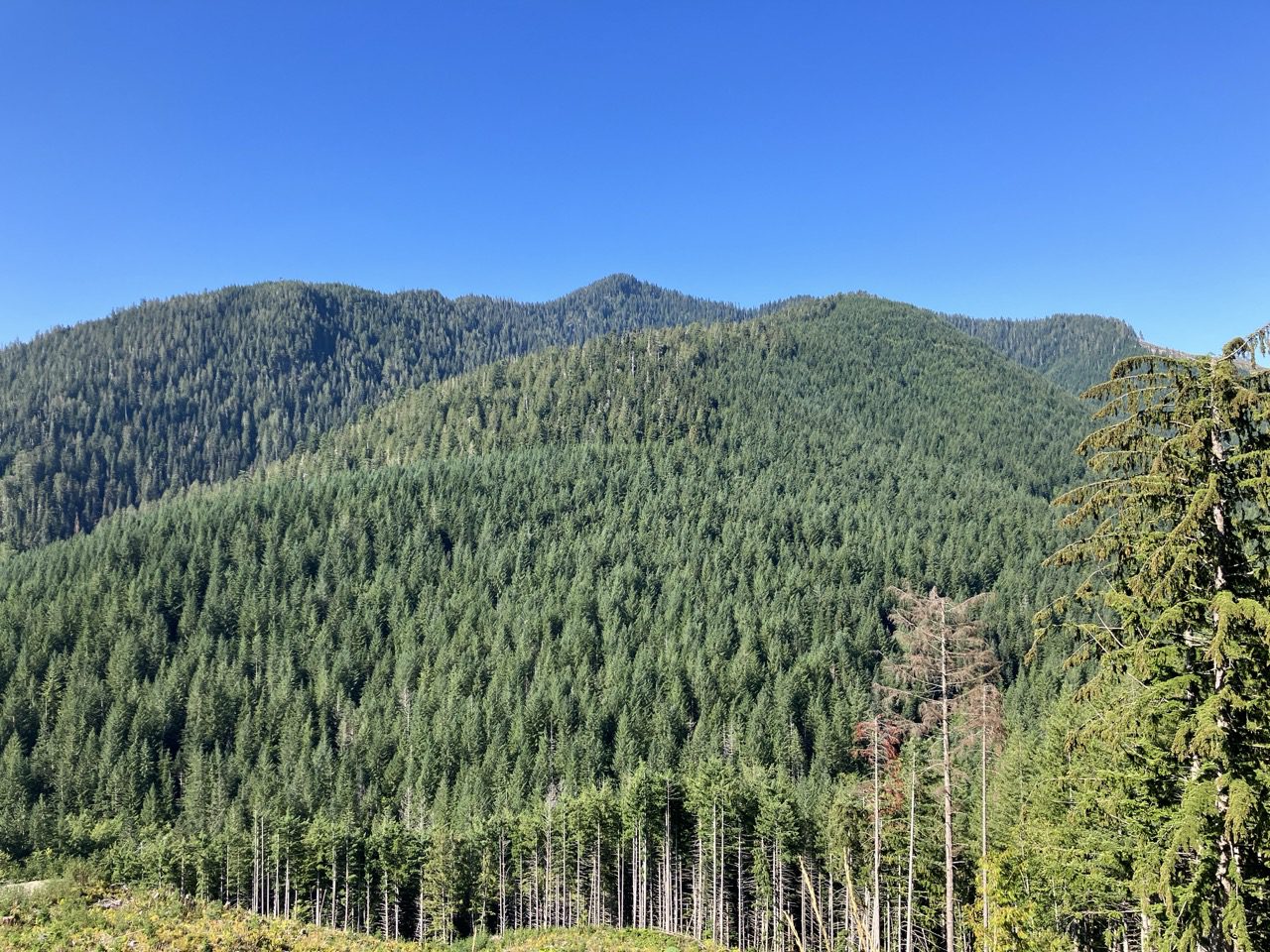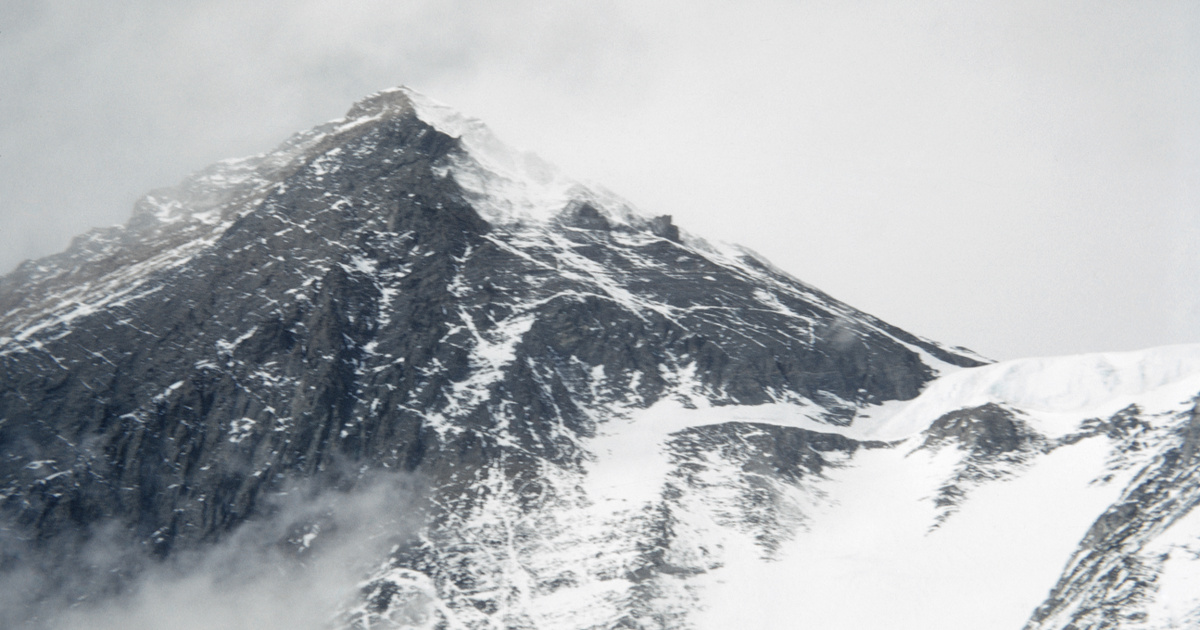In recent weeks, not a day has gone by without some news about mountaineers, in particular about the highest point on Earth, Csomolungma, otherwise known as Mount Everest. By now, every self-proclaimed armchair expert says at least about the mountain you know, how high is it exactly and that the climb is not easy. However, few people think about how its size was determined several decades ago, in the absence of modern technology.
Even the ancient Greeks tried it
Humankind has always been drawn to the mountains, where the high peaks present a great challenge and an amazing sight. However, before modern technology, people did not have accurate measuring devices to determine the height of mountains. In the past, different methods have been used for this. The first record mentioning the height of mountains comes from ancient times, with calculations already made in ancient Greece.
Greek and Arab mathematicians did indeed use trigonometric functions such as tangent, sinus, and frontal to estimate distances and heights.
Decayarchus, Eratosthenes, and Zenagoras, who were among the first to develop the scientific foundations for cartography, were able to attempt this, discussing the height of the mountains of present-day Greece and North Macedonia. Although the exact method is not fully explained anywhere, their theory and methods were essentially the same as those used by Thales to measure the height of the pyramids or to determine the distance of ships at sea – the gist of the procedure was to draw the right – interlocking triangles.
All this could not be easy for them, since there is no evidence that at that time there were tables that would provide the basis for the corresponding trigonometric equations of modern sine and cosine. The oldest such tablet is attributed to Hipparchus, who lived, however, about 150 years later than the people mentioned above.
Although trigonometric methods also improved beyond their time, there had been little progress in the accuracy of measurements for over a millennium. Tables of trigonometric functions and the general development of plane trigonometry certainly facilitated the calculation of the side lengths of graphed triangles, but practical measurement proved as imprecise and primitive as before. All this is clearly evidenced by the fact that the next time the height of the fantastic mountain was determined in the 17th century.
Baro measurements and thermal measurements
Thermometers and thermometers, that is, thermometers, were also important tools in determining the height of mountains. With the help of barometers, they measured air pressure, and tried to estimate the height of mountains by taking into account the change in average air pressure, while thermometers started from the decrease in temperature as a function of the increase. in height.
All these discoveries had to wait until the seventeenth century, but thanks to the work of physicists and mathematicians Evangelista Torricelli and Blaise Pascal, analysis of pressure and temperature made it possible to determine altitude.
Air pressure was first measured by Torricelli, who in his famous experiment filled a glass tube closed at one end with mercury to the brim, then, holding the free end of the tube, placed it vertically in a vessel containing mercury, with the opening down, so that the opening was below the surface of the mercury. He left the hole open, then part of the mercury flowed out of the tube, but part of it remained inside as a column of mercury. It was also used by Pascal, who repeated the experiment on church milk, proving that altitude affects the height of mercury in a tube.
How does it actually work? The mercury filament experiment was carried out first at the foot of mountains or tall buildings, and the result was marked on the measuring device, then the same thing was done at the top or roof, and from the difference they tried to determine the size of a building or mountain under investigation.
However, although the method seemed simple, it did not have a resounding success, since accurate measurements were very difficult and often impossible to make.
In the case of the tower, for example, the difference in the column of mercury was too small to be accurate, and the exact result could not be obtained due to the changing weather conditions, as there could be slight fluctuations in the height of the column of mercury in the same place depending on the weather, so it is Totally inaccurate. For this reason, it was not possible to obtain an idea of the exact height of the mountains until the eighteenth century.
Just like the pressure, the temperature test was not the most appropriate tool for accurately determining the height of a mountain. In 1724, Daniel Gabriel Fahrenheit noticed that the boiling point of water rises with increasing atmospheric pressure, and a few years later LG Monnier and Jacques Cassini showed that this change in boiling point can be significant. Applying all this, many people have tried to prove it in high mountains, for example in the Alps, but due to different factors
In the end, this also was not found to be a suitable solution for determining the height of a mountain.
Even an instrument called a barometer has been made based on this principle, which is based on the relationship between altitude and boiling point. The boiling point depends on the pressure exerted on the liquid, so it decreases with increasing altitude. His version, working on a completely different principle, is still used today to measure the height of trees.
It was believed that Mount Everest had been low for a long time
Determining the exact height of Everest has been a challenge for people for centuries. However, with the development of modern technology, we now have effective methods that allow us to accurately measure the height of a mountaintop.
But when and how was Csomolungma’s peak height first identified?
To answer, we have to go back to the middle of the nineteenth century, when the Indian Radnath Sikdar first tried to determine the height of Mount Chomolungma in 1852, for which the mathematician was asked by the Survey of India, which was still under British control at that time.
The research team measured the height of the mountain with the help of a goniometer (a suitable measuring instrument for accurate measurement of horizontal and vertical angles). However, for this, the triangulation stations had to be established first on the plains below the mountain, which proved to be no easy task, but eventually the bases were established successfully. The height of the mountain was measured from these stations.
The team’s first estimate of the mountain’s height was 29,002 feet, or 8,840 metres, which was a fairly accurate estimate compared to previous measurements.
This was finally revised in 1958, when the mountain became 29,028 feet, or 8,848 metres. These measurements were later repeated again, and today the mountain’s height is officially recognized as 29,029 feet, or 8,848.86 metres.
But why is the top of the mountain named after George Everest?
As private as it sounds, George Everest – whose name is still mispronounced to this day – and Radhanath Sikdar never worked together. Both separately participated in surveys related to the determination of the height of Mount Everest, but they did not meet during their work.
George Everest, a Welsh surveyor and geographer, served as President of the Survey of India from 1830 to 1843. He was responsible for many surveys of the Indian subcontinent and was the first to survey the country. Although George Everest never personally visited Mount Everest, he was involved in the preparations for the survey work, but retired from his command post in 1844 before the SICDAR was measured. His place was taken by Andrew Waugh, who, after measurements, finally took the initiative to name the summit of the mountain after his predecessor – despite the fact that he had not made the first, rather close measurement …



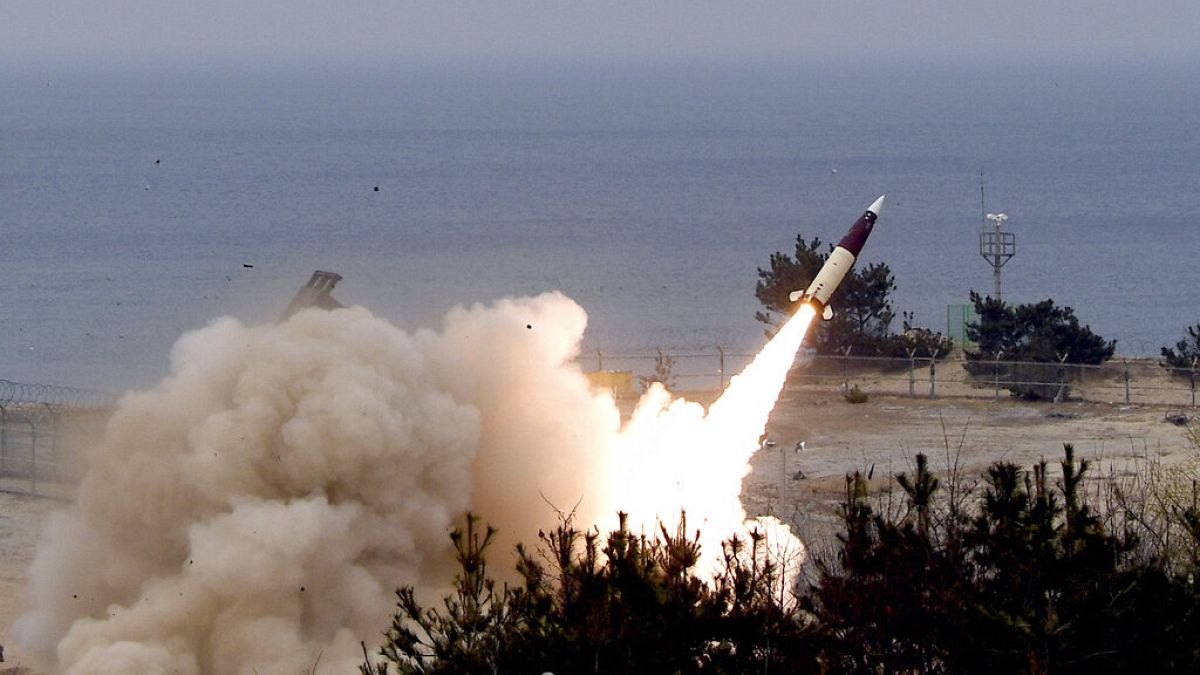












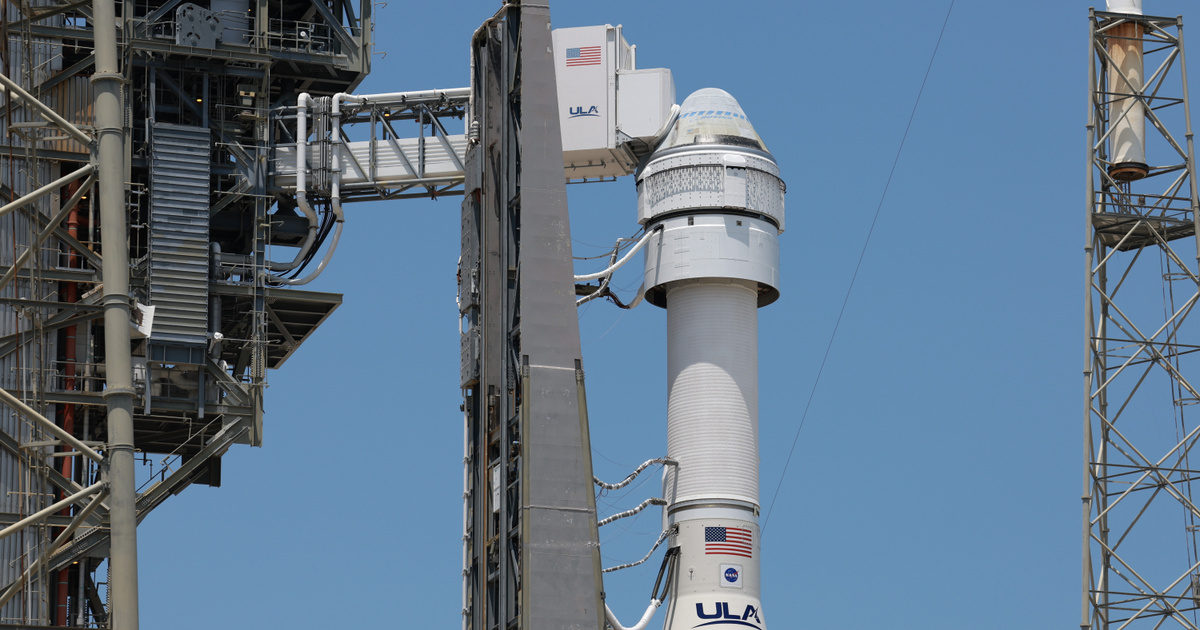

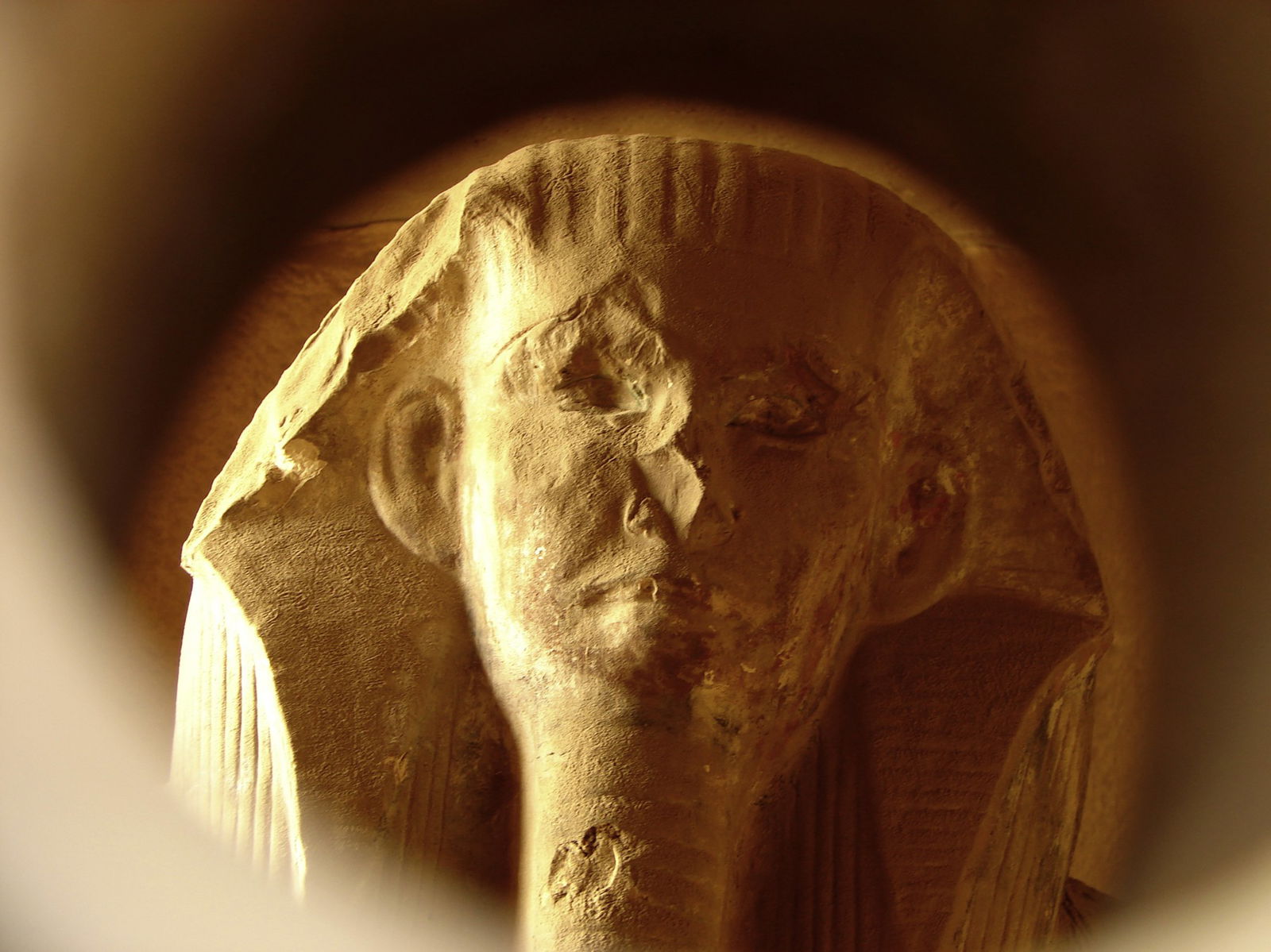


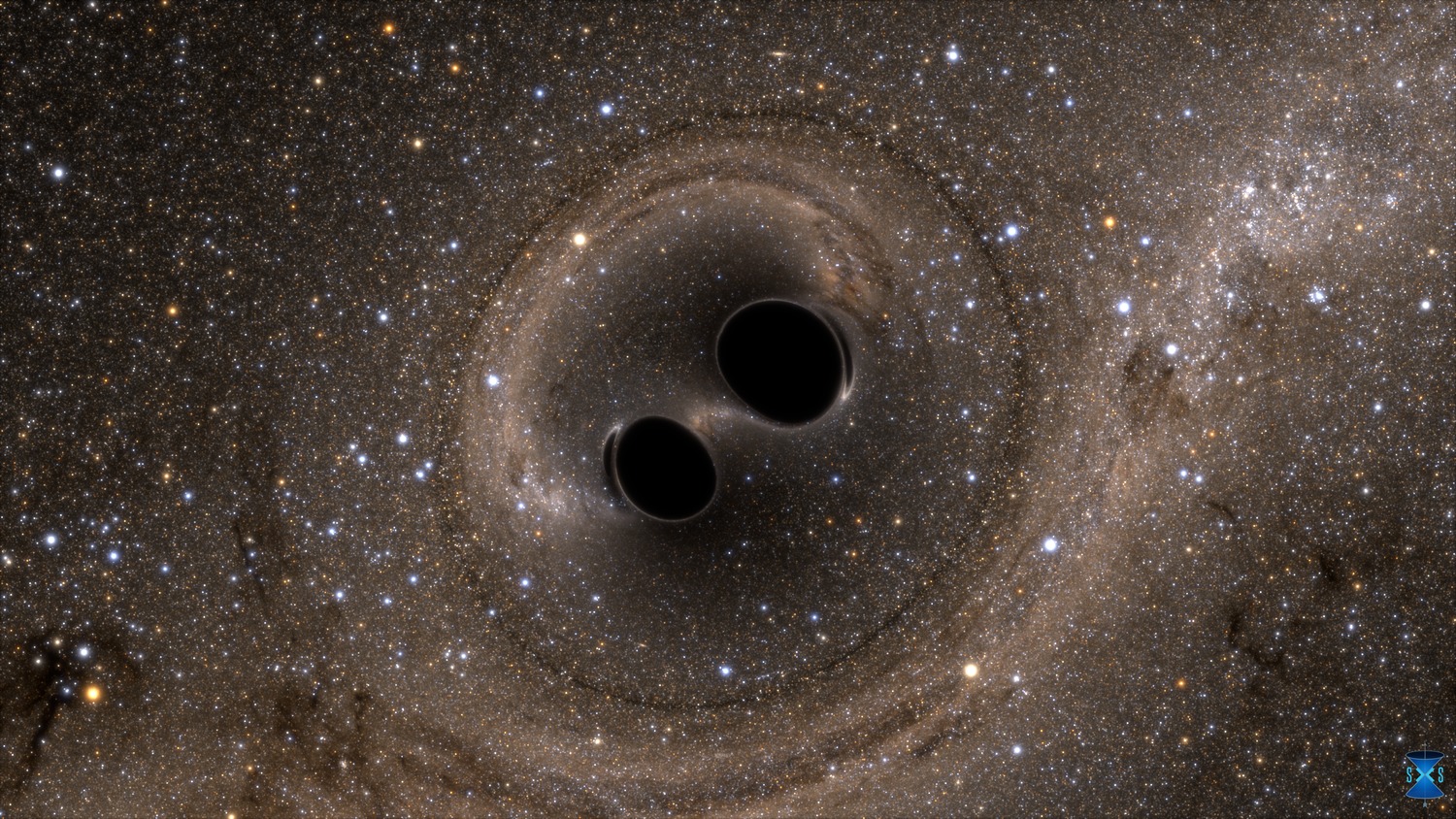
![The Italian Souls clone has been delayed, but is coming to multiple consoles [VIDEO]](https://thegeek.hu/wp-content/uploads/sites/2/2024/05/thegeek-Enotria-The-Last-Song-1.jpg)




